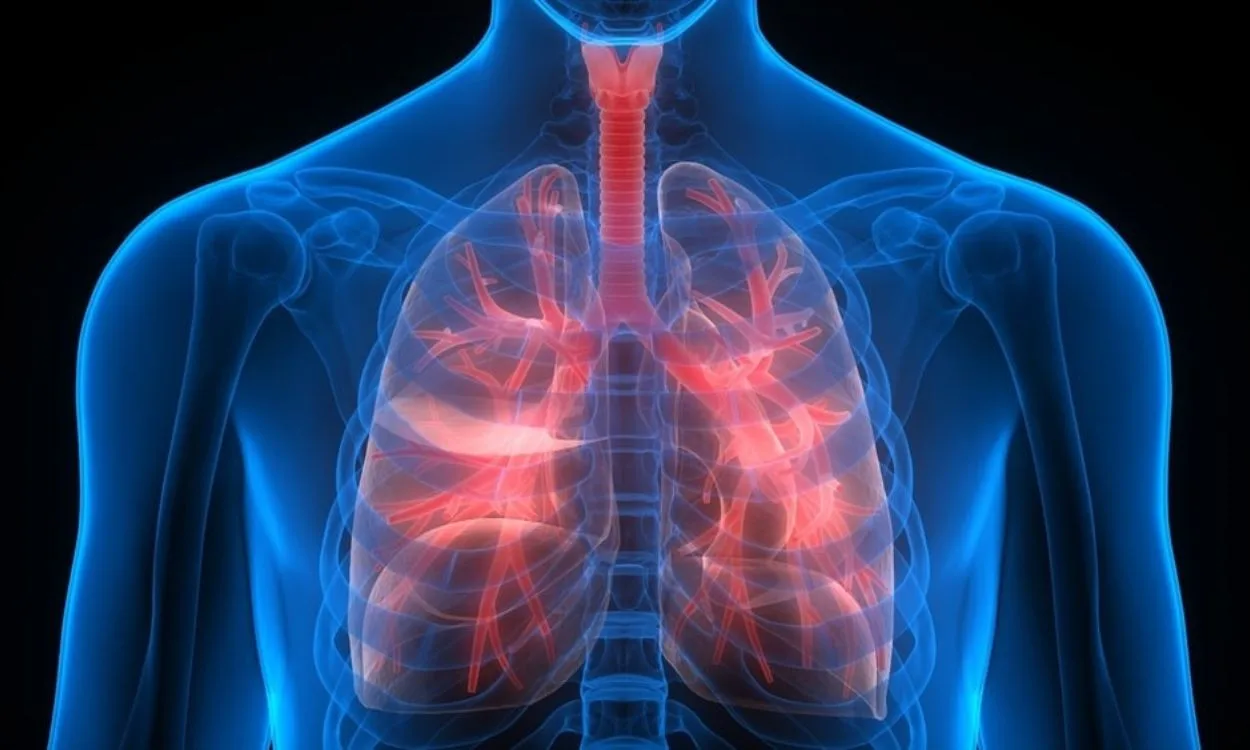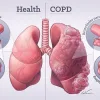What are some occupational hazards that can affect lung health?
Occupational hazards refer to potential risks and dangers that workers may encounter in their workplace. These hazards can have significant effects on lung health and overall well-being. Let’s explore some of the common occupational hazards that can affect lung health:
- Air Pollution: Industries such as manufacturing, mining, and construction often emit pollutants into the air. Workers in these industries may be exposed to harmful substances like dust, smoke, fumes, and chemicals, which can have detrimental effects on lung health.
- Asbestos: Asbestos is a mineral fiber used in various industries for its heat-resistant properties. Prolonged exposure to asbestos fibers can cause serious lung diseases, including asbestosis and mesothelioma. Workers involved in industries such as construction, shipbuilding, and asbestos mining are at high risk.
- Silica Dust: Workers in industries like mining, construction, and stone cutting may be exposed to silica dust, which is generated during activities like drilling, grinding, and sandblasting. Inhalation of silica dust can lead to lung conditions such as silicosis, lung cancer, and chronic obstructive pulmonary disease (COPD).
- Chemical Exposure: Many industries use chemicals that can be harmful to lung health. Chemicals such as solvents, paints, pesticides, and industrial cleaning agents can release toxic fumes or particles into the air, causing respiratory problems and long-term lung damage.
- Isocyanates: Industries involved in spray painting, foam manufacturing, and certain types of manufacturing processes use isocyanates, which can cause occupational asthma. Isocyanate exposure can lead to inflammation and narrowing of the airways, resulting in breathing difficulties.
- Biological Agents: Workers in healthcare settings, laboratories, and animal handling occupations may be exposed to biological agents like bacteria, viruses, and fungi. These agents can cause respiratory infections and diseases, such as tuberculosis, influenza, and Legionnaires’ disease.
- Metal Dust and Fumes: Metalworking industries, welding operations, and foundries produce metal dust and fumes, which can contain harmful substances such as lead, cadmium, and chromium. Prolonged exposure to these substances can lead to lung damage, lung cancer, and other respiratory disorders.
- Secondhand Smoke: Workers in environments where smoking is allowed, such as bars, restaurants, and casinos, may be exposed to secondhand smoke. Secondhand smoke contains numerous toxic chemicals and can increase the risk of lung cancer, respiratory infections, and asthma.
- Organic Dust: Workers in agricultural settings, such as farming, grain handling, and livestock farming, may be exposed to organic dust containing mold spores, bacteria, and other allergens. Prolonged exposure can lead to respiratory symptoms and conditions like farmer’s lung and allergic rhinitis.
- Extreme Temperatures: Workers in occupations with extreme temperature conditions, such as firefighters, welders, and bakers, may experience lung-related issues. Exposure to extreme heat or cold can cause respiratory distress and may worsen pre-existing lung conditions.
Understanding these occupational hazards is crucial for protecting workers’ lung health. Safety measures, proper ventilation, personal protective equipment (PPE), and regular health monitoring can help minimize the risks associated with these hazards.
If you are concerned about your lung health or want to learn more about occupational health risks, consult with healthcare professionals or specialized occupational health services.
Introducing Fitpaa: Achieve your Health and Fitness Goals
Now that we have discussed the occupational hazards that can affect lung health, it is important to prioritize your overall well-being. Fitpaa is an end-to-end AI-driven Metabolism monitoring and management technology that can help you achieve your health and fitness goals.
Fitpaa uses the latest state-of-the-art research in Lifestyle Medicine and Behavioral Therapy to strengthen all 11 organ systems and deliver guaranteed results. With Fitpaa, you can take control of your health and fitness journey in three simple steps:
- Metabolism Assessment: Identify the root cause of your health condition by assessing your current metabolism. Fitpaa’s Medical Nutrition Therapy (MNT) specialists, supported by Fitpaa Metabolism Monitoring Technology, consider every aspect of your life to perform a comprehensive metabolism assessment.
- Get your Fitpaa Capsule: After the metabolism assessment, consult with Fitpaa’s expert team of fitness coaches, nutritionists, and doctors. Based on your metabolism, health and fitness goals, current lifestyle, and eating habits, they will prepare a personalized Fitpaa Capsule. This all-in-one plan comprises medical therapy, medical exercise therapy, medical nutrition therapy, and cognitive behavior therapy to optimize your metabolism and help you achieve your health and fitness goals.
- Take Fitpaa Capsule daily: The Fitpaa mobile app provides real-time guidance, habit-building techniques, and a virtual workout trainer to help you follow your Fitpaa Capsule effectively. Fitpaa’s digital therapeutic solution and metabolism management technology keep you motivated and inspired throughout the day, releasing the right doses of hormones to enhance your well-being. With features like a diet tracker, performance tracking, and progress tracking, following your Fitpaa Capsule becomes easy and convenient.
Fitpaa has helped transform the lives of thousands of individuals and is committed to helping you achieve your health and fitness goals. Our goal-oriented services come with a lifetime validity, and we offer a 7-day risk-free trial for you to experience the benefits firsthand. Trust Fitpaa to guide you towards a healthier and more fulfilling life.
Download the Fitpaa app now and embark on your journey to a healthier you!









